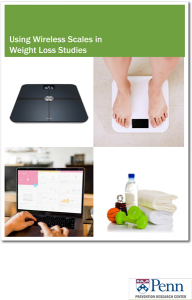In the American Journal of Preventive Medicine July 2015, PRC Director Dr. Karen Glanz and Sarah Green of the Center for Health Behavior Research, University of Pennsylvania, discuss the development of the Perceived Nutrition Environment Measures Survey (NEMS-P). As a result, it has the ability to discern differences between lower- and higher-SES neighborhoods.
One of the most widely used observational measures of the nutrition environment, the Nutrition Environment Measures Survey (NEMS), developed by Dr. Glanz’s team, is used to study a range of food environments and contexts and evaluate policy and environment interventions. NEMS data have been collected throughout the U.S. and internationally by trained researchers, nutritionists, and public health professionals.
The NEMS-P, developed using a multiphase systematic measurement development process, has been shown to be easy to understand and have good test-retest reliability. In addition, it discriminates between neighborhood food environments in disadvantaged compared to more affluent communities. The NEMS-P is an important step forward in developing a psychometrically sound and conceptually grounded tool that can be used in a variety of communities and complement observational and geospatial assessments of nutrition environments.
Read the article here.
Green S, Glanz K. Development of the Perceived Nutrition Environment Measures Survey. American Journal of Preventive Medicine July 2015, 49:1, 50-61.

